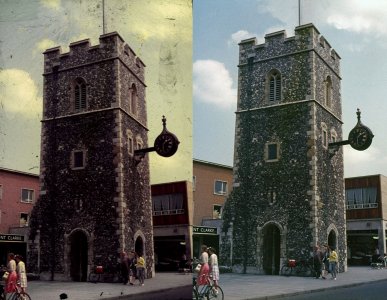I cannot recommend Exposure X7 highly enough - I've been using it for almost 10 years now from version X6. Previously I used Photoshop Classic up to the last stand-alone version (6 ?) and changed to avoid Adobes' subscription model. I've never regretted the choice but did look extensively at GIMP, Darktable, Raw Therapee and other Open source offerings, as well as Topaz, Capture One etc.
The most outstanding feature (for me at least) is the almost totally customisable UI (User Interface). You can choose and exclude tools you want to appear on the interface, their order, how the windows operate etc - and the process of arranging the UI is simple and intuitive. I created a Lightroom Classic type interface in probably less than an hour of relaxed trial and error.
Other Advantages:
. Pay once ( $125 AUD - Australian Dollars) no - subscription
. Will detect your GPU (Graphics Card) and use it for accelerating processing - fast
. Uses your existing file structure as the file library (works like Microsoft File Explorer)
. Stable - I cannot remember it ever crashing in my years of use.
It does have an extensive library of simulation/effects pre-sets that are well-done if you like that sort of thing, but you can ignore them and exclude the tool from your UI if you wish - at the price you pay any unwanted "extras" feel like bonus options rather than bloat.
It hasn't had a new version update for several years now but the developer (used to be Alien Skin I think) still provides intermittent updates for file/camera/lens support.
Link to Exposure X7 here:
Exposure X7 creative photo editor and organizer - Exposure Software
Example of my current set-up (tool windows act as tabs that slide in and out from the sides on mouse- over or you can fix in place).
View attachment 4847994



